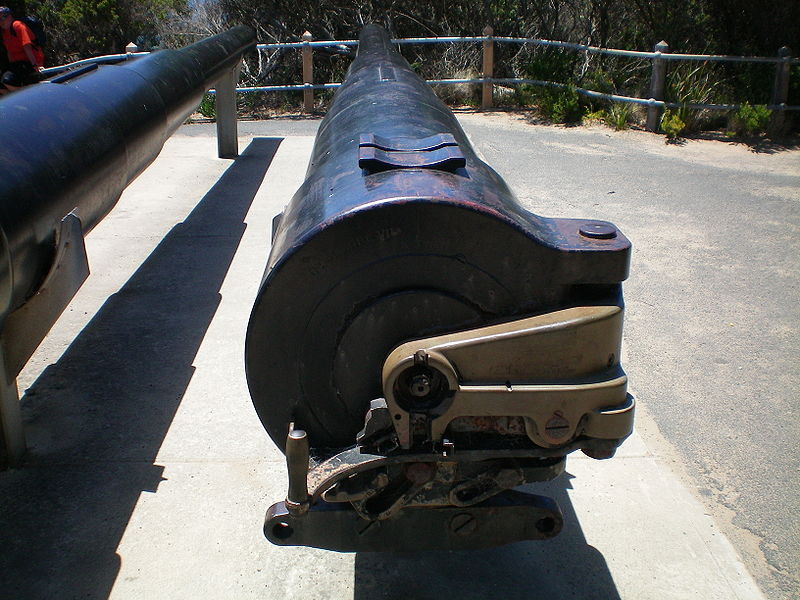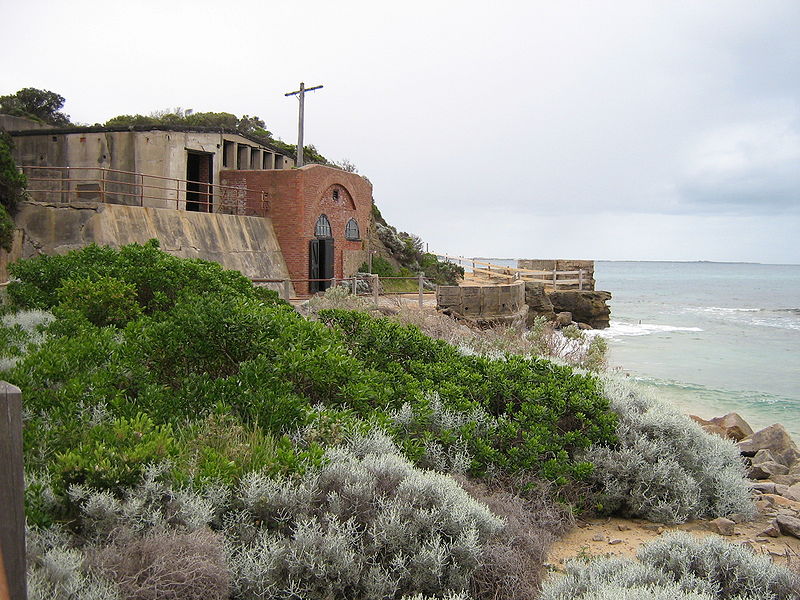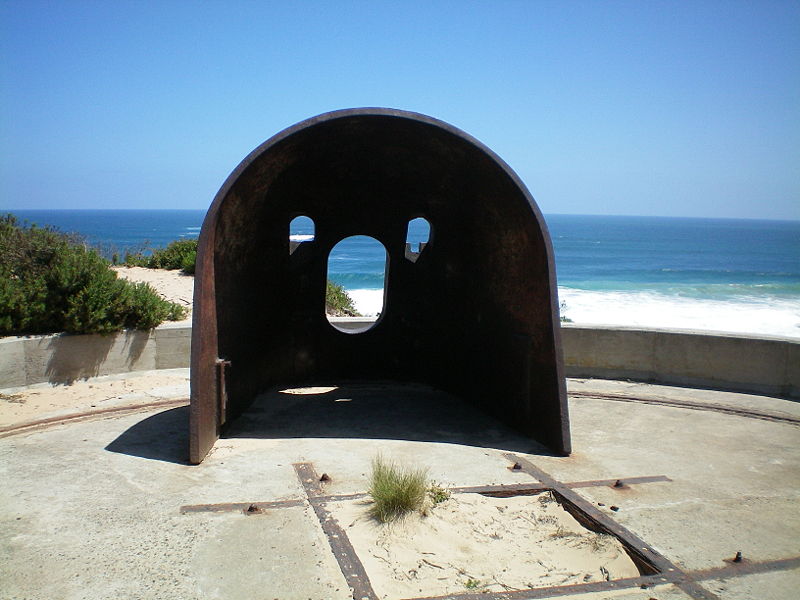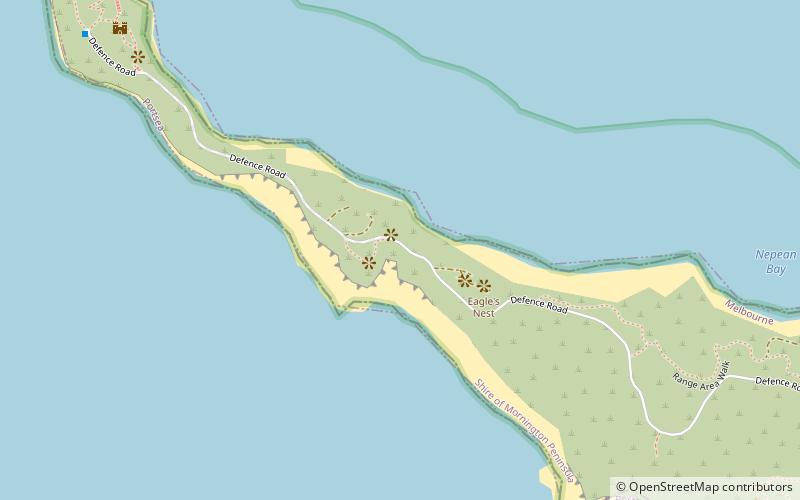Fort Nepean
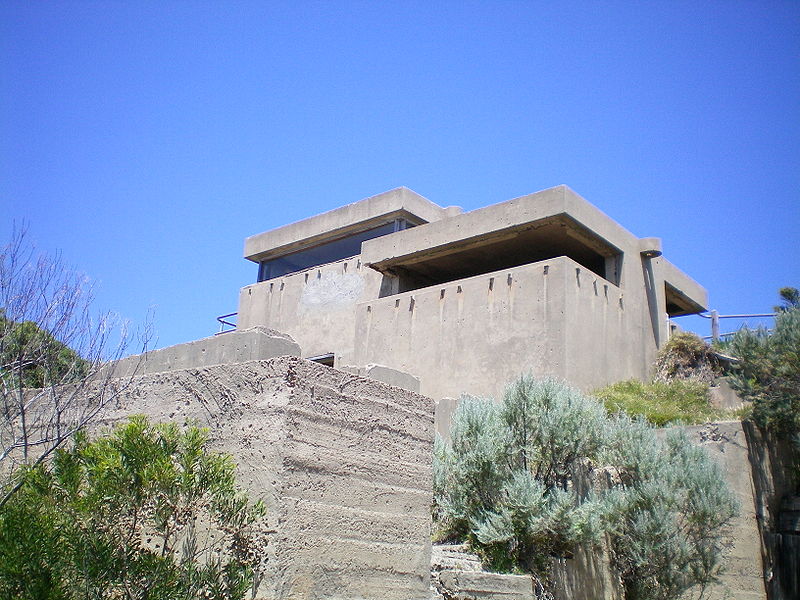
Facts and practical information
Fort Nepean, located at the tip of the Mornington Peninsula in Victoria, Australia, is a historical military fortress that played a significant role in the country's defense system. Situated within the Point Nepean National Park, this former coastal defense site marks the entrance to Port Phillip Bay.
Constructed in the 1880s as a response to the perceived threat of foreign powers, Fort Nepean was part of a network of fortifications designed to protect the crucial approaches to Melbourne. Over the years, it was equipped with a variety of heavy guns, and during World War I and II, it was fully operational.
The fort is perhaps most famous for firing the first Australian shots of both World War I and World War II. On 5 August 1914, its guns fired across the bow of a German merchant vessel attempting to escape to the sea, and on 4 September 1939, shots were fired to signal a minesweeper to halt.
Today, Fort Nepean offers visitors a unique glimpse into Australia's military past. The site has been well-preserved, with several original buildings still standing, including gun emplacements, barracks, and engine houses. Walking through the tunnels and exploring the fortifications gives a sense of the strategic importance of this location.
Access to Fort Nepean is by foot or bicycle, with a scenic trail leading visitors through the national park to the fort. Information boards along the way provide historical context, and the panoramic views from the fort across the bay are spectacular.
Fort Nepean is not just a site of military significance; it is also a place of stunning natural beauty, with rich biodiversity and opportunities to spot wildlife. Visitors can combine a trip to the fort with other activities in Point Nepean National Park, such as hiking, bird watching, and enjoying the serene beaches.
Fort Nepean – popular in the area (distance from the attraction)
Nearby attractions include: Point Lonsdale Lighthouse, Queenscliffe Maritime Museum, Queenscliff High Light, Historical Museum.


